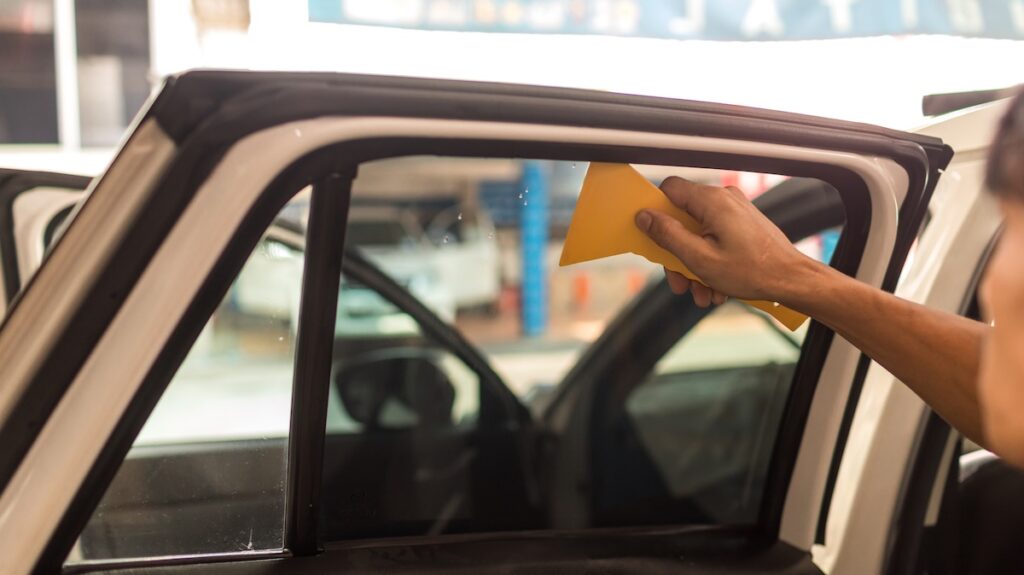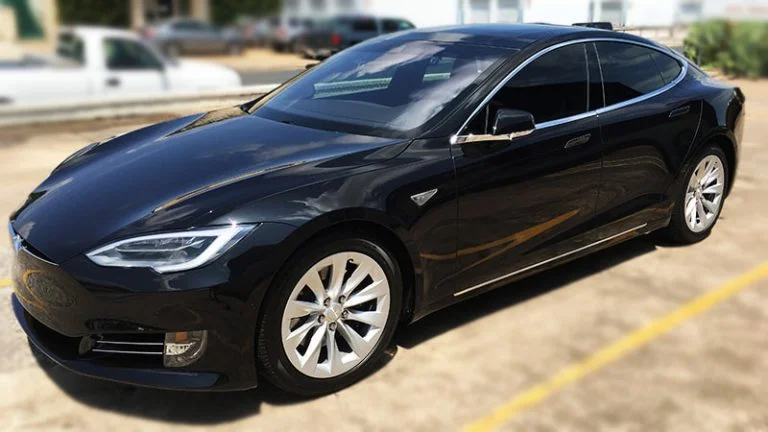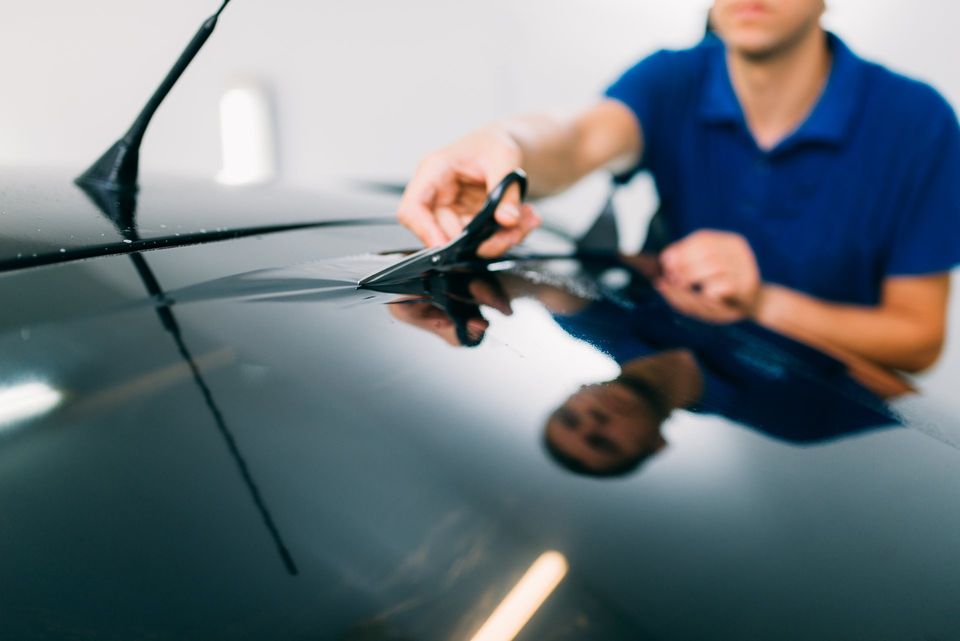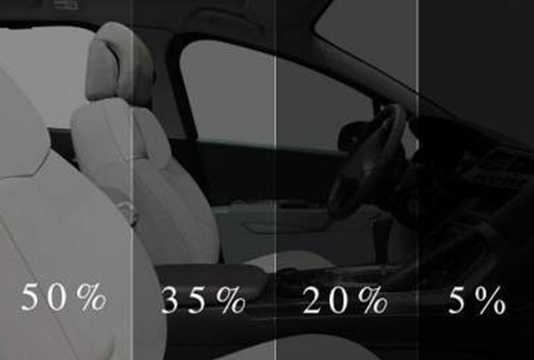When you invest in car window tinting, you’re not just improving your vehicle’s appearance—you’re also increasing privacy, reducing interior heat, protecting against UV rays, and even enhancing safety. But one common question we get at AutoWorks is: how long does car window tint last?
The answer depends largely on the type of tint used, how well it’s installed, and how well it’s maintained. In this guide, we’ll break down the average lifespan of different tint types and what you can do to extend the life of your window film.
Factors That Affect Window Tint Lifespan
Before diving into specific tint types, it’s helpful to understand what influences how long your tint will last:
-
Tint Quality: Higher-end films use better materials and adhesive, which translates into a longer lifespan.
-
Installation Method: Professionally installed tints tend to last much longer than DIY or poorly applied films.
-
Climate and Sun Exposure: Constant sun exposure can wear down tint over time, especially if the film has low UV resistance.
-
Window Maintenance: Proper cleaning and care will extend the life of your tint. Harsh chemicals and rough materials can cause peeling and fading.
-
Glass Type and Location: Rear windows, side windows, and windshields can wear differently depending on usage and whether they have defrosters or frequent movement.
Average Lifespan by Tint Type
1. Dyed Window Tint
Lifespan: 3–5 years
Dyed tint is the most affordable option and often used for aesthetic purposes. It uses a dye between layers of adhesive and polyester film to darken the windows. While it can give your car a sleek look, dyed film doesn’t offer the best heat rejection and is more prone to fading and discoloration over time.
Best For: Budget-conscious drivers who want temporary results and don’t mind replacing it after a few years.
2. Metalized Window Tint
Lifespan: 5–7 years
Metalized tint contains tiny metallic particles that reflect sunlight, offering better heat rejection than dyed film. It’s more durable and resists fading and scratches well. However, metalized film can interfere with GPS, cell signals, and radio reception.
Best For: Drivers looking for a balance between performance and durability without too much concern for potential signal interference.
3. Hybrid Window Tint
Lifespan: 5–8 years
Hybrid tints combine dyed and metalized layers to provide a middle ground in terms of price, appearance, and performance. They offer better longevity than dyed tints and less signal interference than fully metalized films.
Best For: Those who want solid UV protection and heat rejection without the downsides of fully metalized options.
 4. Carbon Window Tint
4. Carbon Window Tint
Lifespan: 7–10 years
Carbon film contains no metal and uses carbon particles to block infrared light. This means excellent heat rejection without signal interference. It also resists fading much better than dyed or hybrid tints and helps preserve your car’s interior.
Best For: Drivers who want long-lasting performance and great UV/IR protection with no interference.
5. Ceramic Window Tint
Lifespan: 10+ years
Ceramic tint is considered the gold standard in window film technology. It contains non-conductive ceramic particles that block over 99% of UV rays and a high percentage of infrared heat. It doesn’t fade, interfere with electronics, or bubble over time. Though it comes at a higher price point, the investment pays off in performance and durability.
Best For: Car owners who want top-tier protection, clarity, and a tint that can last the lifetime of the vehicle.
Signs Your Tint Needs Replacing
Even high-end films eventually need replacing. Watch for these common signs:
-
Bubbling or Peeling: Indicates adhesive failure.
-
Discoloration or Fading: A sign that UV blocking capabilities have deteriorated.
-
Scratches or Cracks: Damage to the film often from improper cleaning or wear and tear.
-
Reduced Heat or UV Protection: If your car feels hotter or sun damage becomes noticeable, it may be time to re-tint.
How to Extend the Life of Your Window Tint
Whether you opt for dyed film or ceramic, proper care is essential to making it last:
-
Wait to Clean: Avoid washing tinted windows for a few days after installation to let the film cure.
-
Use Soft Cloths and Mild Cleaners: Avoid ammonia-based products which can degrade the film.
-
Park in the Shade: Reducing sun exposure prolongs tint life and protects your interior.
-
Hire a Professional Installer: A professional job ensures proper fit, edge sealing, and the use of high-quality products.
Why Choose AutoWorks for Window Tinting in NJ?
At AutoWorks in Middletown, NJ, we specialize in high-quality ceramic window tint installations that last. We only use premium film products with proven durability and superior UV/heat rejection. Our expert technicians ensure flawless application, backed by warranties for peace of mind.
Whether you’re looking for a stylish appearance, increased comfort, or long-term protection for your interior, we’ll help you choose the tint that best fits your needs and budget.
Final Thoughts
So, how long does car window tint last? It depends on the type of film, the quality of the installation, and how well it’s maintained. Dyed tints may last just a few years, while ceramic tints can easily outlive your car. The key is to make an informed decision and partner with a trusted expert.
Ready to upgrade your ride? Contact AutoWorks today to schedule your professional window tint consultation or visit us at autoworks-nj.com.
AutoWorks is an automotive electronics shop that also offers window tinting services to towns in the Monmouth County area. Service towns include: Hazlet, Atlantic Highlands, West Long Branch, Fair Haven, Little Silver, Red Bank, Middletown, Tinton Falls, Belford, Lincroft, Oceanport, Keyport, Keansburg, Highlands, Matawan, Long Branch and many more. To learn more about our products and installation services, contact us today at 732-671-0225 or visit the website.
Other Posts:
Ceramic Window Tint in Monmouth County | Benefits of Going Ceramic
Window Tint in Shrewsbury | Types of Car Window Tinting
Window Tint Service in Aberdeen
 The Sticker Shock: How Much Does It Cost?
The Sticker Shock: How Much Does It Cost?
 Professional Window Tinting: Advantages
Professional Window Tinting: Advantages Quality tint shops in Eatontown carry complete lines of window film from one or multiple window film manufacturers. They should carry
Quality tint shops in Eatontown carry complete lines of window film from one or multiple window film manufacturers. They should carry  3. Enhanced Clarity and Visibility
3. Enhanced Clarity and Visibility 2. Determine the Right Tint Percentage
2. Determine the Right Tint Percentage